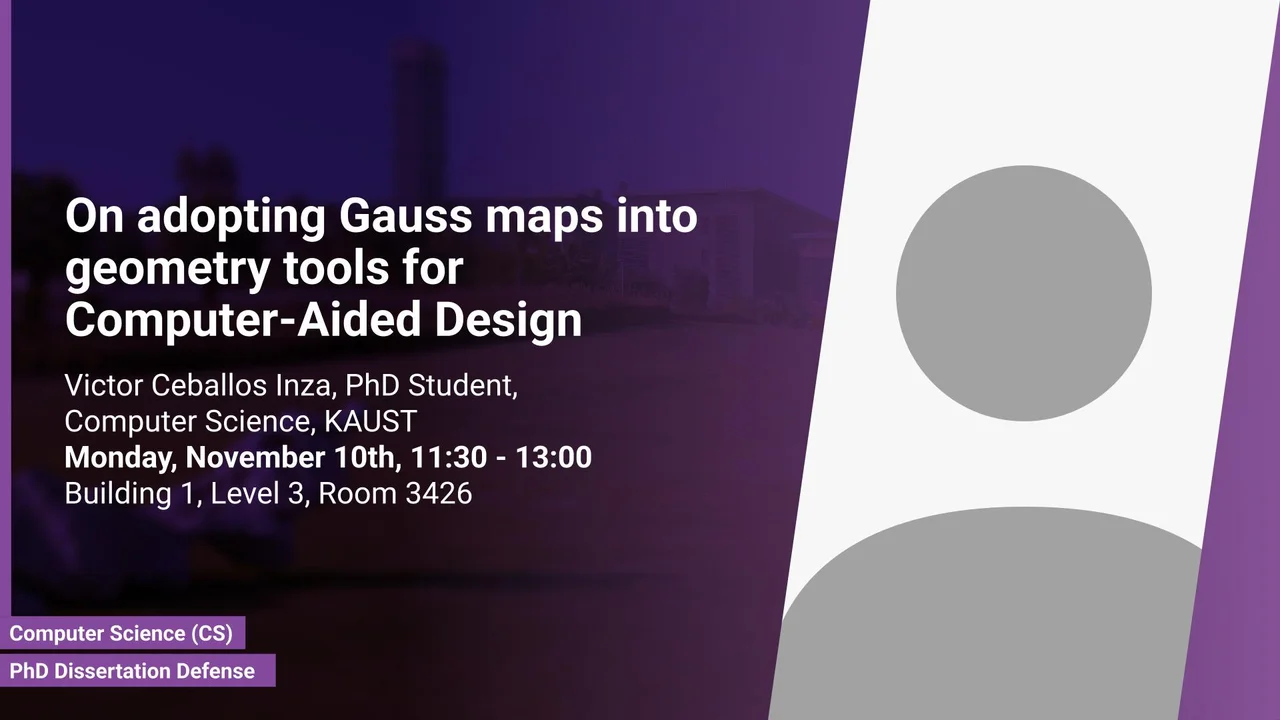
On adopting Gauss maps into geometry tools for Computer-Aided Design
We explore the integration of Gauss maps into computational tools for design and fabrication, with a particular focus on architectural applications. The work presented here addresses this task by introducing novel discretisation theories, computational algorithms, and interactive tools that embed Gauss maps at three progressively deeper levels of geometric modelling: as a means to compute and interpret curvature for surface panelling, as an interactive visual tool to guide the design of developable surfaces, and as a modelling domain via isotropic geometry, enabling dual surface manipulation for the controlled roughening of a triangulation.
Overview
The first contribution concerns isometric mappings, where we extend the highly successful method based on inscribed checker-board patterns in quad meshes with adapted regularisers to improve precision and robustness. We analyse their approximation order and introduce a structure-preserving discretisation of infinitesimal isometries, enabling the simple computation of Killing vector fields.
The second contribution is a new discrete model of developable surfaces based on quad meshes that does not require an explicit development nor alignment of mesh edges with spacial curves of the surface. This model is based on a generalisation of checker-board patterns towards contact element nets. The contact elements, inscribed in quad faces, lead to discrete ruling vectors, which in turn express a developability condition that can be enforced through optimisation.
The third contribution advances surface manipulation via isotropic geometry, where Gauss maps are treated as primary modelling objects. We develop discrete isotropic Gauss maps for triangulated surfaces and show how visual appearance can be edited by operations in the dual diagrams.
We present several applications to demonstrate the broad relevance of our novel methods. In architecture, our tools enable cost-effective panelling and design of developable cladding from flat sheets of bendable material, such as metal or plywood. We propose Gauss maps can be directly integrated front and centre into computational computer-aided design tools as a versatile bridge between design intent and underlying geometric theory. The presented frameworks provide designers with both a deeper understanding of surface properties and behaviour, and practical tools for its application, laying the groundwork for future advances in geometric-aware design systems.
